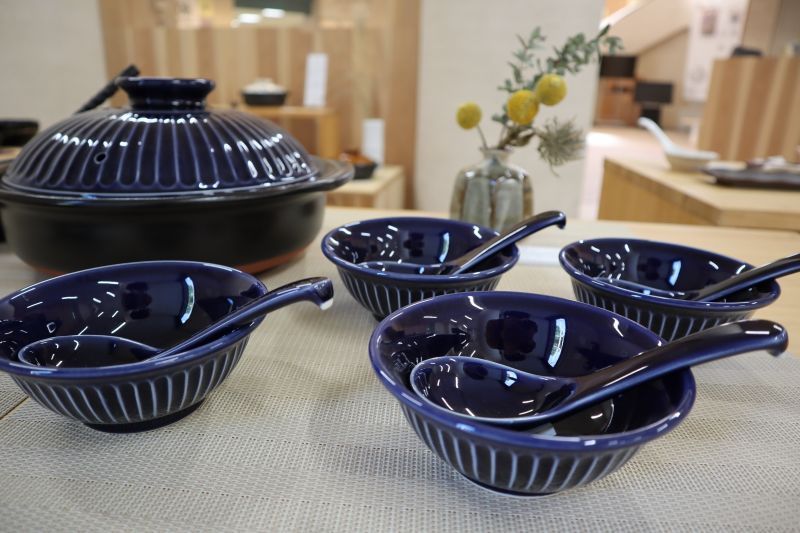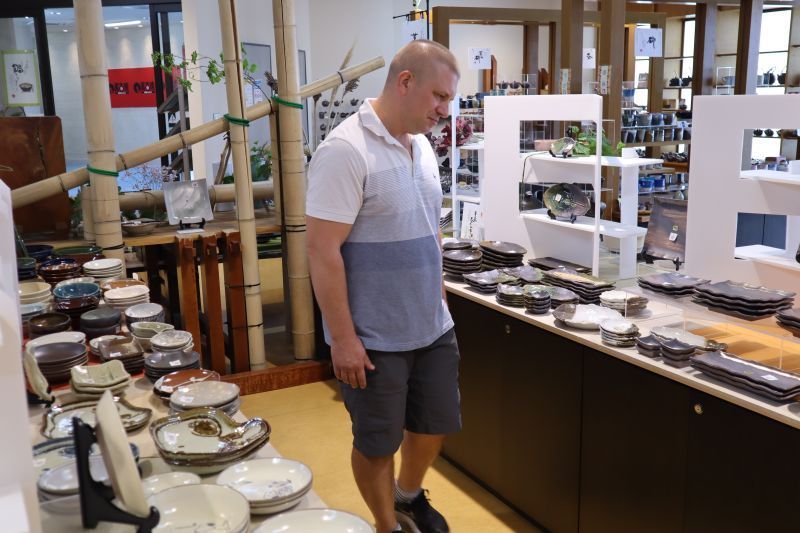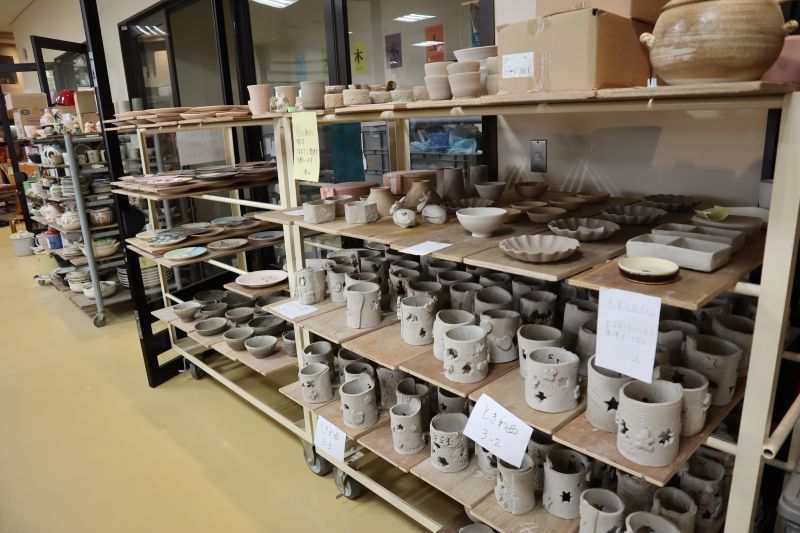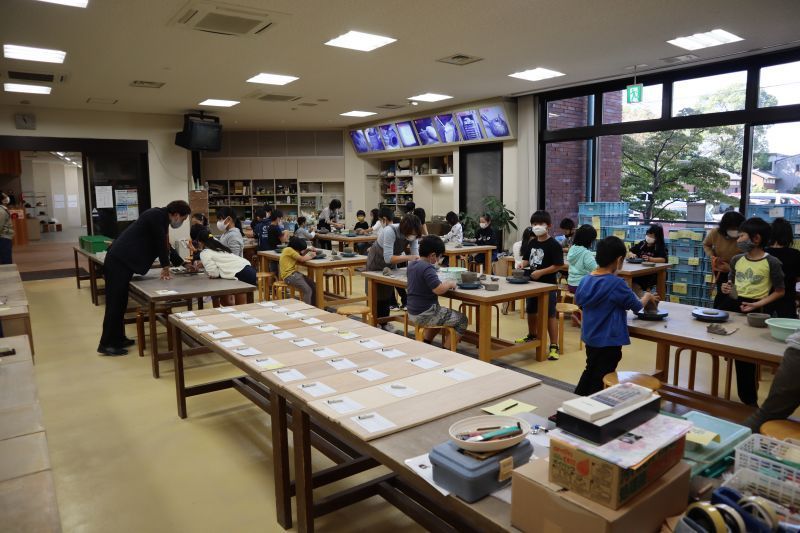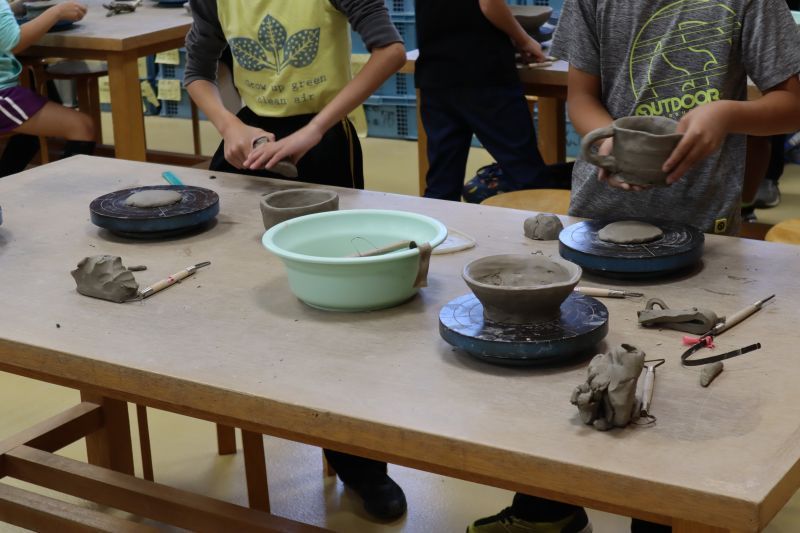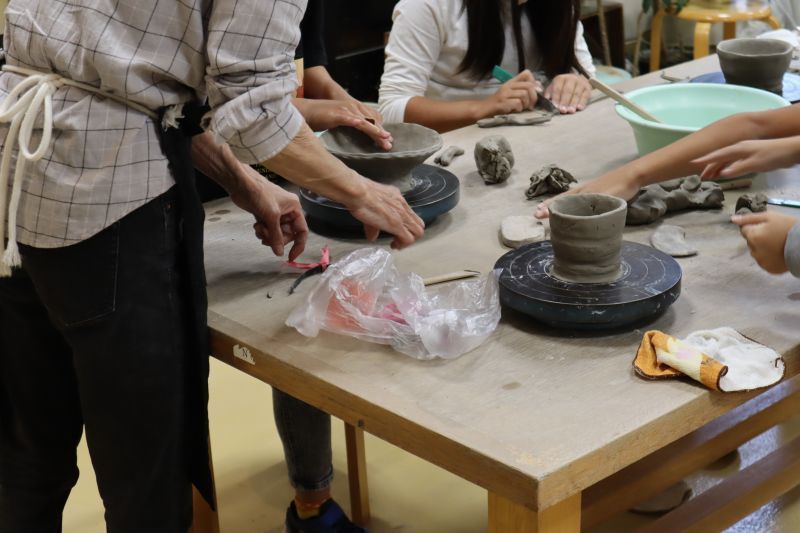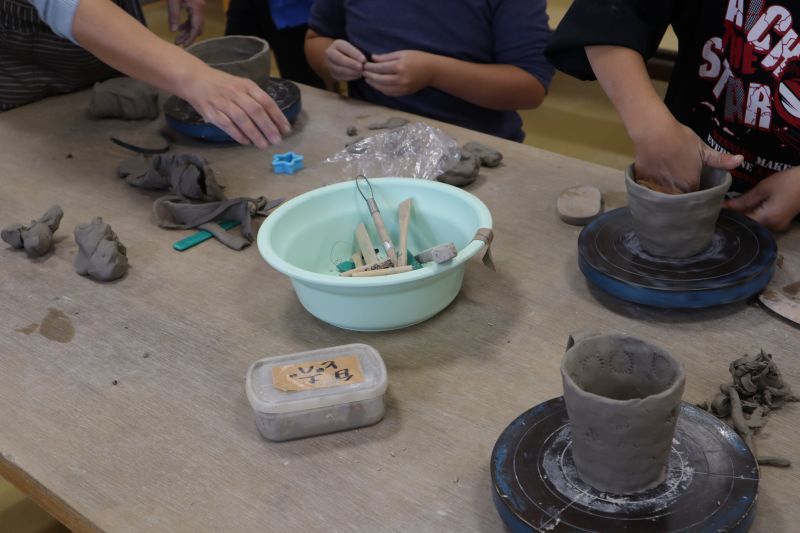Experience the beauty and tradition of ceramics at Banko no Sato Hall
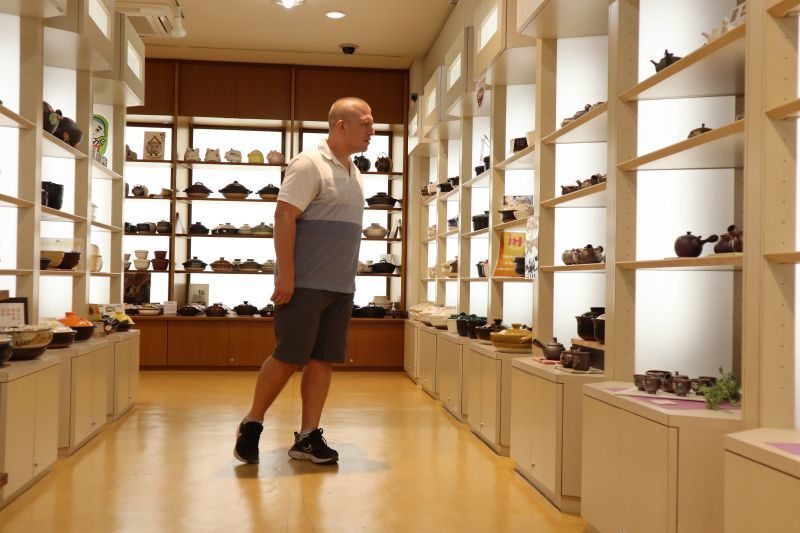
Visitors to Banko no Sato Hall in Yokkaichi will have a chance to appreciate traditional Banko ware. This distinctive clay pottery has been crafted in Mie Prefecture for over 300 years and the tradition lives on in the showroom and hands-on experiences at Banko no Sato Hall. Browse the extensive display of Banko ware in various shapes, styles and colors. There are examples of expertly crafted tableware, vases, teapots and more. For guests looking for an interactive experience, there are pottery workshops for all ages and skill levels where you can make your own unique pottery as a keepsake from your visit.
About the Author:
I live in Gifu with my family. One thing I appreciate about living in Japan is the opportunity to have hands-on experiences with traditional arts and crafts. It is always a joy to learn from local artisans who are eager to share their knowledge with visitors to their city.
I arrived in Yokkaichi at Kawaramachi Station on the Kintetsu Nagoya Line. It was a short five-minute walk to Banko no Sato Hall and I had no trouble finding it. After exiting the station, I passed by a small park, turned left and walked a few more minutes to the large modern building where I was going to learn about traditional Banko ware.
It is always exciting when I get the chance to learn more about traditional Japanese crafts. On this visit, I was keen to see many examples of Banko ware. At home, my family uses one of these dishes for making hot pot and I knew I would see many unique dish and teapot designs at Banko no Sato Hall.
When I walked into the building, I was amazed by all of the beautiful pottery on display. Each dish had a unique design and the range of colors used was incredible. In addition to the many serving dishes, plates and bowls, there were also some items that were designed for a special purpose such as grilling food.
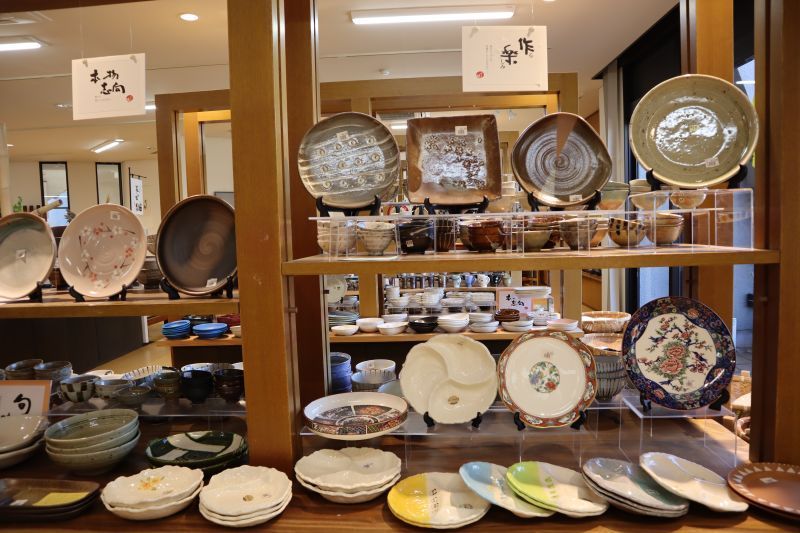
In Japanese, “Banko” means forever, and this style of pottery was first made around 1736 in Mie Prefecture by Rozan, who was a master of the tea ceremony. The mark that Rozan put on his pottery indicated that he hoped his work would last forever and the name Banko ware was born.
Over the past 300 years, the styles of Banko ware have changed with the times as artisans have adjusted to the culture and use of the products. New designs and styles of Banko ware are still being created and future generations will continue to appreciate the beautiful and functional pottery as time goes on.
Around the end of the Edo Period, one of the most popular types of Banko ware was Banko ware Kyusu, which is a kind of teapot that is famous for brewing flavorful Japanese tea.
The clay used to make kyusu has the effect of softening the astringent component of tea and enhancing the umami component by reacting with the iron in the material. These teapots are also beautifully decorated and make wonderful souvenirs from a trip to Japan.
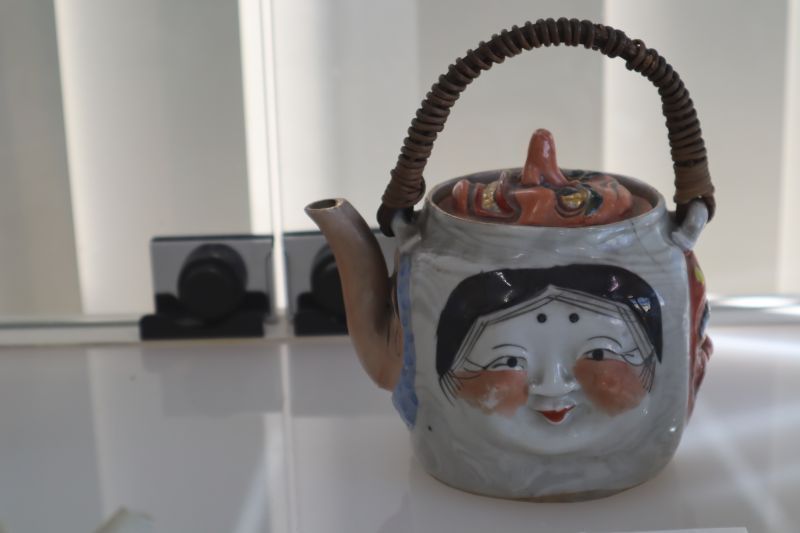
As I continued looking around the expansive display area at Banko no Sato Hall, I kept discovering fresh styles and designs. I learned that the kyusu are actually made from high quality fired volcanic clay.
I also found out that the word “kyusu” translates directly to teapot in English and that it usually refers to a teapot with a side handle design. This style originated in ancient China and was introduced to Japan centuries ago. The popular design was then naturalized into the culture here as it was commonly used in the preparation of green tea.
The green tea leaves are brewed loosely in the pot with plenty of room to release their aroma and flavor. Inside the spout, there is a clay or metal filter that will catch the tea leaves as you pour your delicious hot beverage into a cup.
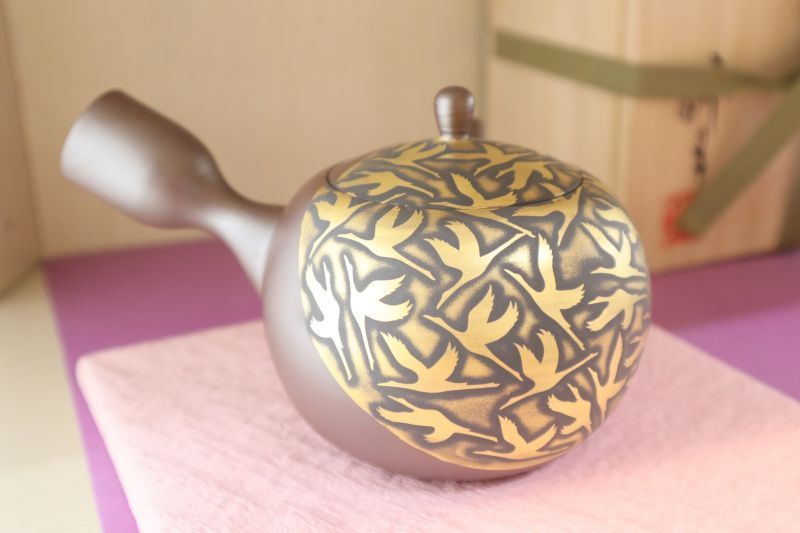
It was easy to appreciate the beautiful designs of the kyusu and they felt so refined when I picked them up to take a closer look. These teapots are more expensive than the standard ones, but they are worth the price to someone who truly enjoys the wonderful flavor that can be found in a perfectly brewed cup of tea. I also felt that a kyusu would be a great accent piece to any home as a work of art.
The other most common type of Banko ware in Japan is earthenware pots. These pots are used to cook rice and other dishes such as hot pot. They became very popular when Japanese households started switching from cooking with firewood to gas.
Due to the materials used to make the pots, they can withstand high temperatures and do not break easily. They also transfer heat slowly, so the sweetness and umami can be drawn out of the ingredients while they are cooking.
Because both kyusu teapots and earthenware pots have their roots in Banko ware, this pottery style is known all over Japan and has been part of the food culture in the country for hundreds of years.
